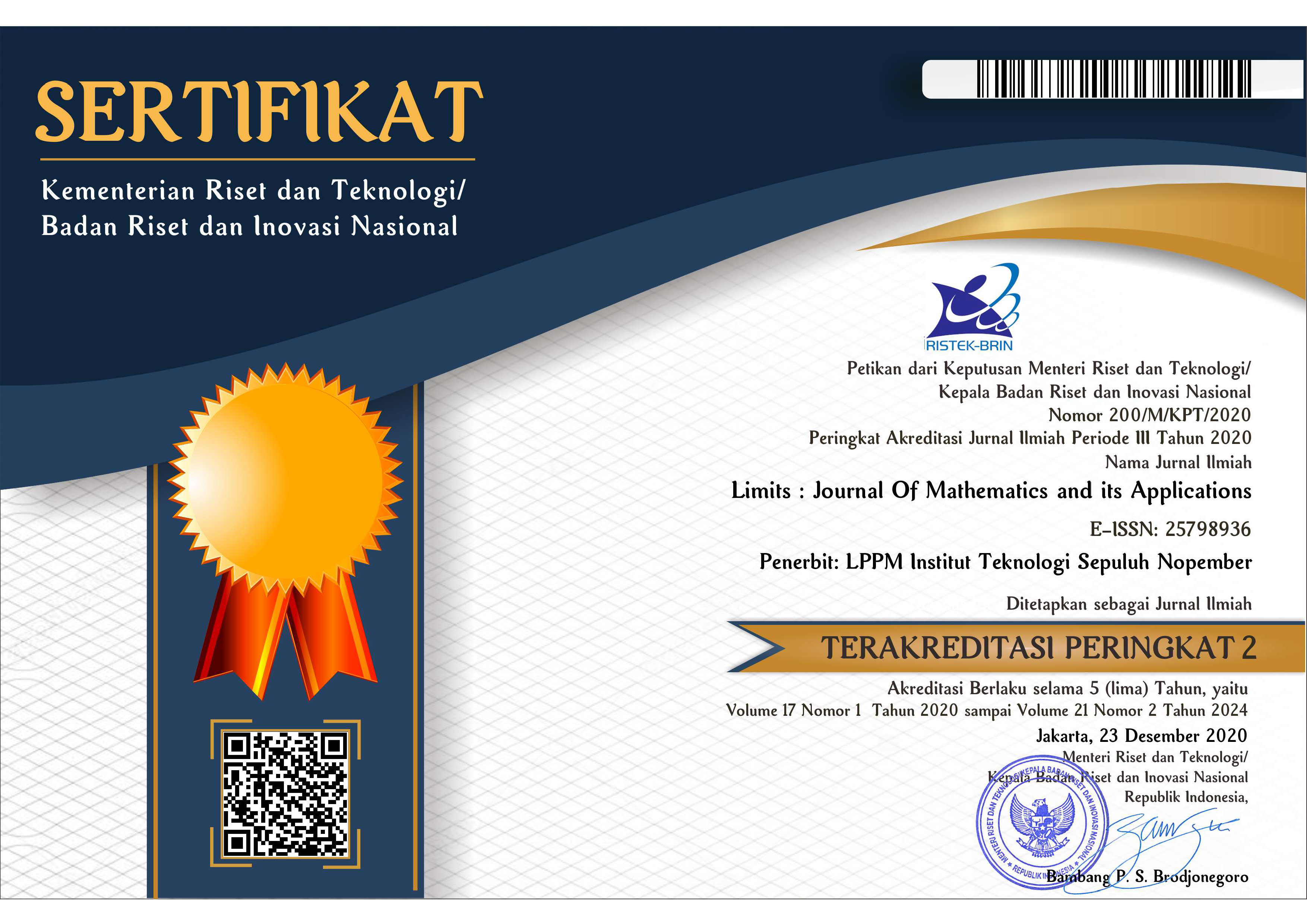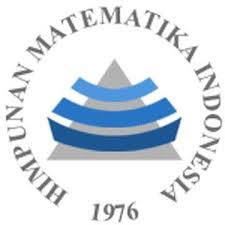Pemodelan Matematika Pada Kasus Kecanduan Game Online Menggunakan Metode Runge-Kutta Orde 14
Abstract
Banyak permasalahan di kehidupan nyata dapat dibentuk kedalam model matematika sehingga dapat dianalisis secara matematik. Salah satunya adalah kasus kecanduan game online yang sedang marak saat ini. Model matematika pada kasus kecanduan game online telah dikembangkan dan dikemas dalam model SEIRS yang berbentuk sistem persamaan diferensial biasa non linier orde satu. Model tersebut sangat kompleks sehingga memerlukan metode numerik untuk menyelesaikannya. Salah satu metode numerik yang efektif adalah metode Runge-Kutta, lebih tepatnya digunakan metode Runge-Kutta orde 14. Penelitian ini akan merumuskan formulasi metode Runge-Kutta orde empat belas dan membuat format pemrograman MATLAB kemudian menganalisis efektifitas metode tersebut dalam menyelesaikan model matematika SEIRS pada kasus kecanduan game online. Efektifitas suatu metode bergantung pada error yang dihasilkan dari eksekusi MATLAB ketika hasilnya semakin kecil (mendekati nol). Metode pengumpulan data yang digunakan adalah metode dokumentasi dan kuesioner. Hasil penelitian ini menunjukkan bahwa metode Runge-Kutta orde empat belas efektif dalam menyelesaikan model SEIRS pada kasus kecanduan game online.
Keywords
Full Text:
PDFReferences
W.O. Kermack and A.G. McKendrick, “A Contribution to the Mathematical Theory of Epidemics.,” part 1, Proc. R. Soc. Lond. Ser. A Math. Phys. Eng. Sci. vol. 115, pp. 700–721, 1927.
G. Lu and Z. Lu, “Geometric approach to global asymptotic stability for the SEIRS models in epidemiology,” Nonlinear Anal. Real World Appl., vol. 36, no. 20115134110001, pp. 20–43, 2017.
D. Zhao, J. Sun, Y. Tan, J. Wu, and Y. Dou, “The SEIR model is extended to illustrate the propagation dynamics of,” Physica A, 2018.
O. A. Toutonji, S. Yoo, and M. Park, “Stability analysis of VEISV propagation modeling for network worm attack,” Appl. Math. Model., vol. 36, no. 6, pp. 2751–2761, 2012.
G. Lu and Z. Lu, “Global asymptotic stability for the SEIRS models with varying total population size,” Math. Biosci., 2017.
J. D. H. Guillén, A. M. Rey, and L. H. Encinas, “Study of the stability of a SEIRS model for computer worm propagation,” Physica A, 2017.
S. Side, G. P. Astari, and M. I. Pratama, “Numerical Solution of Diabetes Mellitus Model without Genetic Factors with Treatment using Runge Kutta Method,” J. Phys. Conf. Ser., 2019.
G. Rahman, R. Agarwal, and Q. Din, “Mathematical analysis of giving up smoking model via harmonic mean type incidence rate,” Appl. Math. Comput., vol. 354, pp. 128–148, 2019.
R. Ardhilia, Dafik, and S. Setiawani, “Effectiveness of eighth order runge-kutta method to solve the mathematical model of malaria disease transmission,” vol. 4, no. 2, pp. 59–74, 2013.
D. Anggraeni, Dafik, and S. Setiawani, “The effectiveness of runge-kutta method of order nine to solve the immunity model for infection of mycobacterium tuberculosis,” vol. 4, no. 2, pp. 75–88, 2013.
DOI: http://dx.doi.org/10.12962%2Flimits.v18i2.6854
Refbacks
- There are currently no refbacks.
Jumlah Kunjungan:

Limits: Journal Mathematics and its Aplications by Pusat Publikasi Ilmiah LPPM Institut Teknologi Sepuluh Nopember is licensed under a Creative Commons Attribution-ShareAlike 4.0 International License.
Based on a work at https://iptek.its.ac.id/index.php/limits.






